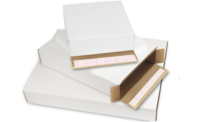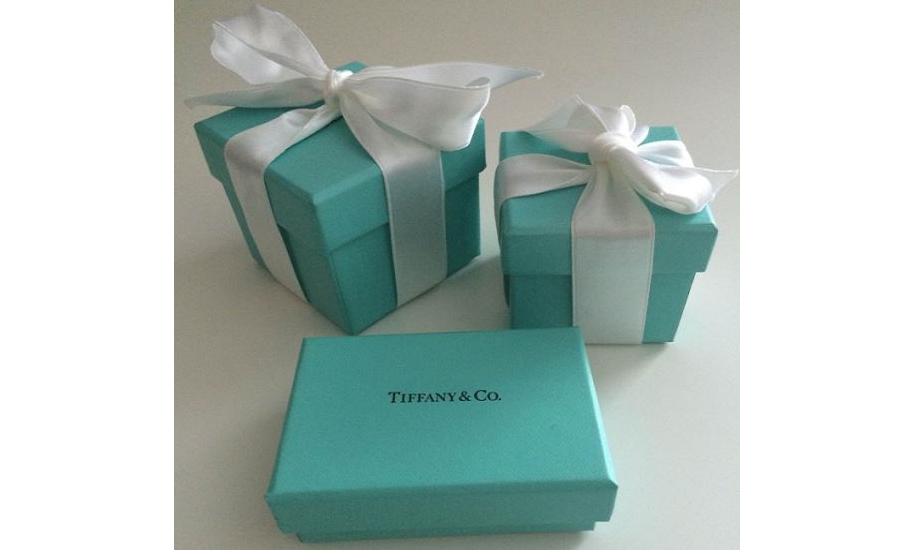The Critical Role Packaging Design Testing Plays in Product Development




Our digital world makes it easier than ever for marketers to adjust and optimize campaigns in nearly real-time. Brands today can test, optimize and personalize marketing like never-before on an ongoing-basis.
But what about the “marketing material” the product comes in (i.e. its packaging)? There’s a permanence associated with packaging once the product goes to market. Unlike most marketing content, marketers can’t iterate on a packaging design in real time after the product hits the shelf. There are also massive costs associated with changing a packaging design mid production - or worse - pulling a product and starting from scratch due to negative consumer reception.
Speed-to-market is critical for new packaging designs, as these decisions impact subsequent processes, including marketing, shipping and storage. So, how can marketers deal with the distinct challenges and opportunities that accompany product packaging – whether physical boxes, bottles, and bags on a shelf or online in the virtual world of e-commerce? How can brands protect and maximize the return on investment that go into packaging design - from ideation to production?
Why is testing product packaging with consumers important?
Today, there are so many competitive product choices available for consumers, who are increasingly sophisticated about what they want. A product packaging is essentially the “face” of the product, it’s critical to test the packaging with consumers before the product launch to ensure it fits with their needs and aspirations.
Sure, general packaging trends can inform smart decisions. There will always be instances when a brand designed product packaging that was a huge success and based purely on good design knowledge or perhaps on creative algorithms as the Nutella experiment showed. However, why leave such an important investment decision to chance? The advantages of having access to real-time insights directly from target consumers can’t be overstated when determining the most effective product packaging.
Having this feedback allows a brand to fine-tune, enhance or perhaps tone down a packaging design by asking granular questions that get to the heart of not only if the consumer likes or dislikes the package visually, but the more importantly why?
So, what exactly makes a packaging design good? Based on our deep experience asking the “why” questions, we’ve identified three core considerations.
What makes a good packaging design?
No single element makes a good packaging design. It’s a combination of things working together that maximize success. Here are three questions brands should consider throughout the packaging design process:
1. Does the packaging grab a customer’s attention?
Product packaging needs to grab the customer’s attention in order to be taken off the shelf and put into a cart – physically or virtually. All brands are offering products in a highly competitive and cluttered marketplace. For everyday products, consumer decisions are fast, automatic, and subconscious – making it critical for packaging to grab attention. This may seem obvious, but it’s more complicated than just being gaudy. Packaging must stand out for the right reasons. Graphics, colors and layout can make packaging visually appealing, but they don’t necessarily have to be fancy or elaborate. Simple and clean design can be enough to make packaging stand out. In fact, good design is about more than just graphic elements, it’s about clearly differentiating a products from others on the shelf.
2. Does the packaging drive purchase intent?
This is really the most important question of all, as the primary role of packaging design - and any marketing - is to sell products. There are many things that drive purchase intent (price, availability, word-of-mouth), but when it comes to packaging design, clarity is critical. The product packaging is usually the last change to influence if your target consumer will find the product appealing and make the decision to purchase. It’s pointless to have the most beautifully designed packaging if no one knows what the product is or the message the package is trying to communicate. Functionality is also key. Again, a packaging can be visually appealing, but it also needs to be functional and provide ease of use and convenience to the consumer.
3. Does the packaging represent brand in a consistent and positive way?
Marketers need to ensure that what ultimately makes it onto the shelf represents their brand in the correct way. Packaging must align with the brand’s overall image, positioning and values. The brand needs to be readily identifiable within the package design and consumers should know right away who makes the product. This is important because product packaging is one element of many marketing channels where the brand must be positioned consistently. Some would argue that the packaging is nearly as important as the product itself because it's such a crucial marketing and communication tool.
The bottom line is that packaging need to be designed and presented in a way that will appeal to the right target audience in the right way. The design itself can be made as beautifully and creatively as possible, but it also has to be highly functional while conveying the right brand image and what the product delivers to the customer.
What are some common missteps?
So what makes a bad packaging design? It’s simple enough to just list off the opposite of good packaging design (doesn’t stand out, drive purchase intent, or isn’t on brand), but there are other considerations.
For example, when a brand considers extending a product line or making changes to the packaging design of an existing product, it's important to take smalls steps to avoid negative reactions from loyal customers. After all, it costs much less to retain an existing customer than to acquire a new one, and making dramatic changes to an existing packaging design can confuse or alienate existing customers.
Think about some of the most iconic product packaging. Tiffany & Co.’s signature blue box. Campbell’s timeless soup can. McDonald’s Happy Meal box. Even Amazon’s delivery box is instantly recognizable and ingrained in our consumer culture. The packaging in these cases are synonymous with the product. This isn’t to say that well known established brands can never change their packaging design, but making drastic changes too fast without insights and feedback from consumers can have a negative effect on sales and force the brand into costly, time-consuming measures to win back their customers.
Packaging design testing is the last mile in the product innovation cycle and provides brands with one final opportunity to understand if and why a package will be successful before they take the product to market. Because brands make significant investments in product development, it just makes good business sense to test if the packaging will actually appeal to the target audience.
While there isn’t any available technology that allows marketers to make changes to packaging design in real time after the product is released, there are increasingly robust solutions that allow them to tap into consumer sentiment during the design process. Just like with market research for digital marketing campaigns, consumer insights for packaging design can be garnered on demand and acted upon faster than ever before.
Looking for a reprint of this article?
From high-res PDFs to custom plaques, order your copy today!






